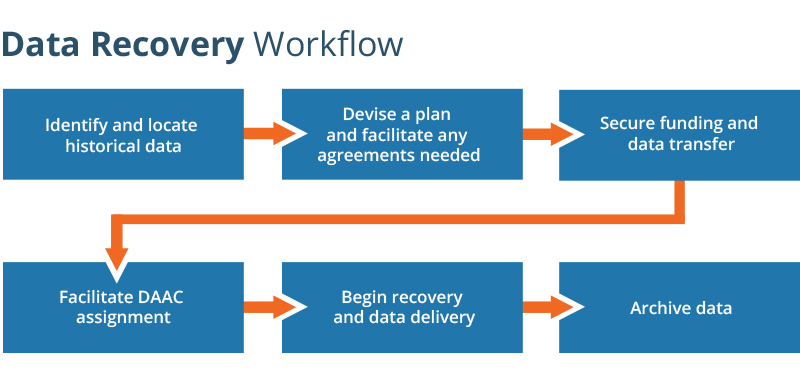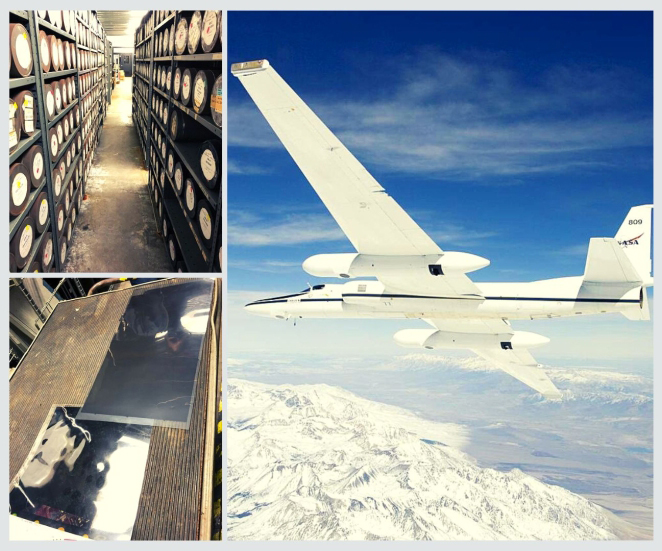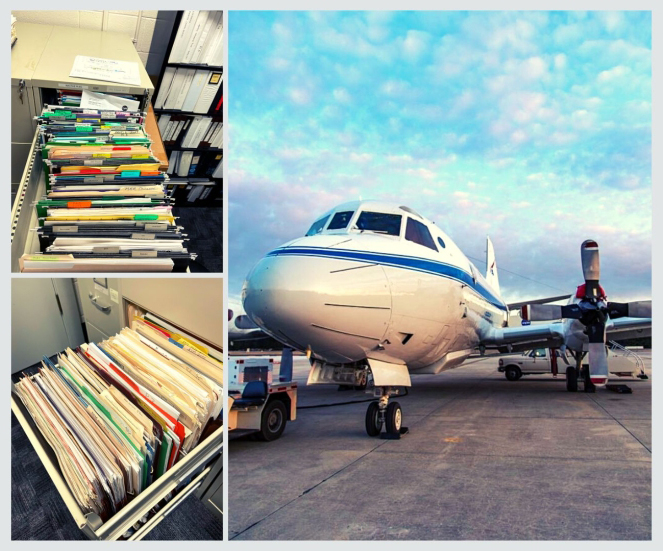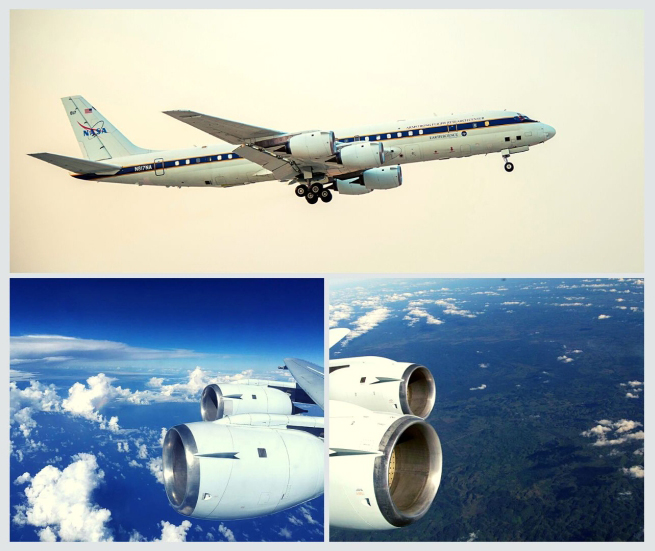Over the past several decades, NASA has collected airborne and field data to carry out research, validate satellite observations, and test new instruments. Analog data from these historical data collection efforts are often discarded and underutilized due to how difficult the data are to locate and use in a more digital age. In some cases, the data or data archive locations are scheduled to be eliminated, leading to complete loss of valuable data.
To help preserve these datasets, the Airborne Data Management Group (ADMG) facilitates data recovery efforts to ensure easier discovery, access, and use. ADMG works to locate the data, devise a plan for data transfer, secure funding, and facilitate DAAC assignment for archiving data. This effort allows more users to have access to these valuable historical datasets and supports open science initiatives.
If you have any NASA airborne and field data and need assistance with the data recovery process, please contact ADMG at admg@uah.edu; we will be happy to help!



